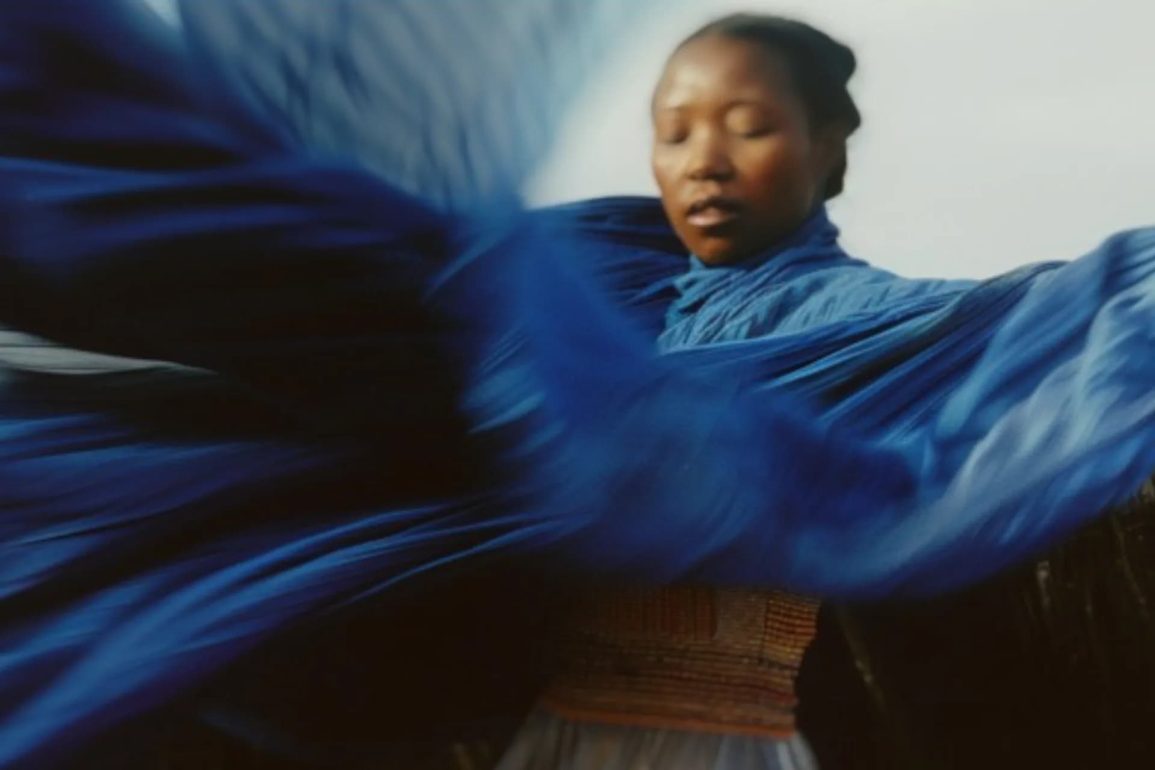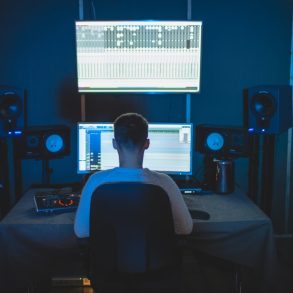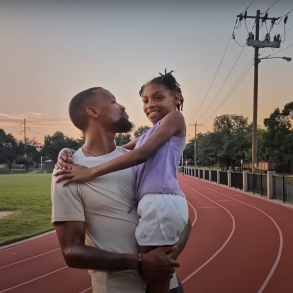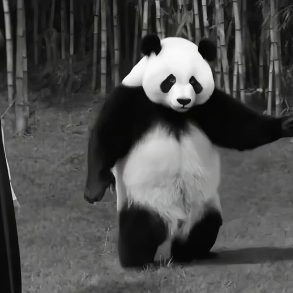Startup Introduces Sophisticated Video Generation Capabilities, Targeting High-End Users
In the dynamic realm of AI video generation, the conversation has been dominated by OpenAI’s yet-to-be-released Sora model, which overshadowed notable competitors like Runway and Pika throughout the year. However, the landscape is set to change with the entrance of Krea AI, an emerging San Francisco-based generative AI media startup. Founded by Victor Pérez and Diego Rodriguez, Krea AI launched its public beta in late 2023, introducing a suite of innovative capabilities.
Krea Video is here!
this is how it works
–
(sound on) pic.twitter.com/eld5RAoHdO— KREA AI (@krea_ai) May 9, 2024
Originally, Krea AI carved a niche by offering AI image upscaling—enhancing the details and resolution of user-submitted images. Soon after, the startup expanded its offerings to include real-time AI image generation. What set Krea apart was its user-friendly interface featuring cursor-based brushes and simple shapes, allowing users to intuitively guide the generation process alongside conventional text prompts.
In a significant upgrade, Krea AI has now enabled video generation for its highest-tier paying subscribers. The company announced this new feature as part of its tiered subscription model: Max at $60 per month, Pro at $35 per month, and a Basic free tier. Users subscribed to the Max tier can access the new video generation tools via the “Video” section on the Krea AI website, where they are introduced to options for initiating new video projects.
Distinct from competitors like Pika and Runway—who primarily add motion to static images or convert text into videos—Krea AI allows users to employ both “key frame” images and text prompts within the same project. This flexibility is complemented by features that let users delete, reorder, or adjust the duration of different frames.
Krea AI’s interface, resembling the timelines seen in traditional video editing software like Apple’s iMovie, Adobe’s Premiere Pro, and CapCut, offers an intuitive experience for those familiar with video production. The video generation process itself is designed to be user-centric, starting with a low-resolution preview to give a quick glimpse of the creation, followed by an enhancement phase that elevates the video to high resolution. Users also retain the ability to cancel the generation process at any time, enhancing flexibility and control.
Text prompts describe how the video should look in a specific time range. pic.twitter.com/5FfOzNZj6e
— KREA AI (@krea_ai) May 9, 2024
The initial feedback from users has been positive, with many showcasing their creations using the new Krea Video feature. Although it may not achieve the photorealism of some rivals, Krea AI’s output is noted for its smooth animations, captivating transitions, and vibrant visuals.
Cities, made on @krea_ai's new video product pic.twitter.com/gLFFnK5AkX
— Justine Moore (@venturetwins) May 9, 2024
The rapid success and innovative drive of Krea AI can be attributed to the backgrounds of its founders. Pérez, formerly head of machine learning at Plyzer Intelligence, and Rodriguez, dubbed a “Renaissance man” and both Cornell alumni, launched Krea AI in 2022. Their vision quickly captured the attention of nearly a million users, including professionals from the film and gaming industries.
Krea AI’s distinct approach to real-time AI generation has not only distinguished it from competitors but has also earned it accolades such as being named one of Fast Company’s “Most Innovative Companies in 2024.” With such innovative developments, Krea AI is poised to redefine the standards of AI-driven media creation, aiming to commercialize its groundbreaking technologies for a global audience.









